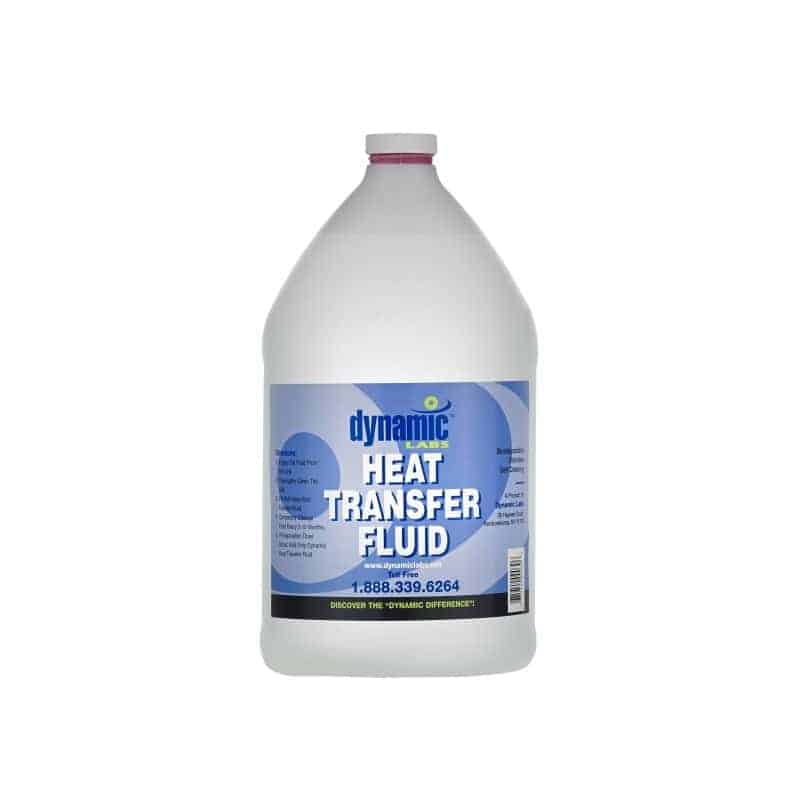Just How to Securely Deal With and Take Care Of Utilized Heat Transfer Fluid
Just How to Securely Deal With and Take Care Of Utilized Heat Transfer Fluid
Blog Article
Exactly How Warm Transfer Fluid Contributes to Sustainable and Affordable Workflow
In the modern-day commercial landscape, the role of warmth transfer liquids (HTFs) in promoting lasting and cost-efficient operations can not be overemphasized. These liquids are crucial in maximizing thermal management systems, thereby significantly enhancing energy effectiveness and lowering functional prices. In addition, the environmental benefits of advanced HTFs, with their high thermal stability and reduced toxicity, are obvious. They not only expand system long life however also add to the reduction of unsafe exhausts. The real possibility of HTFs is realized via the careful choice procedure, making certain compatibility and security. What variables should lead this crucial selection?
Understanding Warmth Transfer Fluids
In the world of thermal management, warmth transfer fluids (HTFs) serve as important representatives for moving thermal energy from one area to one more. These liquids play a critical function in different industrial applications, consisting of chemical processing, power generation, and HVAC systems.
The make-up of warm transfer liquids can differ substantially, including choices such as mineral oils, artificial oils, glycols, and molten salts. Each type offers unique benefits, such as enhanced thermal stability, reduced viscosity, and high boiling factors, which are chosen based on certain functional requirements. In addition, the option of HTF effects not just the efficiency of heat transfer however likewise the long life and safety and security of the system in which it is employed.
As markets remain to introduce, the advancement of innovative HTFs, defined by their enhanced thermal conductivity and lowered environmental impact, is important for satisfying the needs of modern-day thermal administration difficulties.

Enhancing Power Effectiveness

Improving energy effectiveness has ended up being a critical issue across numerous markets, prompting a better exam of heat transfer fluids' function in enhancing thermal monitoring systems. These liquids are important to maintaining the wanted temperature level in procedures, therefore lessening power waste and improving total system efficiency. By selecting an appropriate heat transfer fluid, markets can dramatically enhance their power performance, causing reduced energy consumption.

Advanced formulations of warm transfer fluids have been developed to withstand extreme temperature levels while maintaining security and performance. These technologies prolong the functional lifespan of the liquid, lowering the frequency of substitutes and energy-intensive upkeep tasks. The usage of synthetic or bio-based liquids offers additional advantages in terms of lowered ecological impact, lining up with worldwide sustainability objectives. Consequently, boosting energy he said effectiveness via ideal heat transfer liquid choice is not just a technical necessity but likewise an environmental vital.
Decreasing Functional Expenses
Operational expenses are a considerable consideration for industries looking for to preserve competitive benefit, and the selection of warmth transfer fluid plays a critical role in expense management. Picking a proper warm transfer liquid can result in substantial expense financial savings by enhancing system performance and reducing power intake. High-performance fluids decrease thermal deterioration, which subsequently lowers the frequency of liquid substitute and downtime associated with maintenance, therefore reducing functional expenditures.
Furthermore, heat transfer liquids with exceptional thermal security and rust resistance extend the life expectancy of devices. This lowers the demand for constant fixings and substitutes, which can be costly and turbulent to operations. By buying top notch fluids, industries can attain lasting reductions in upkeep costs and enhance the reliability of their systems.
Furthermore, advanced warm transfer fluids usually show lower viscosity at operating temperatures, which enhances pump efficiency and lowers power use in fluid blood circulation. Many contemporary heat transfer liquids are engineered you could try these out to run efficiently over a wide temperature array, lowering the need for multiple liquid kinds, thereby enhancing inventory requirements and minimizing connected costs.
Ecological Influence Decrease
The press towards lowering environmental effect has actually obtained energy in industries leveraging warmth transfer fluids. Firms are significantly acknowledging the value of lessening ecological footprints by adopting lasting practices. Warmth transfer fluids (HTFs) play an essential role in this change, using possibilities to enhance energy performance and minimize discharges. By picking HTFs with high thermal security and reduced poisoning, industries can guarantee marginal leakage and deterioration, hence reducing hazardous environmental launches.
In addition, making use of advanced warmth transfer fluids adds to improved system efficiency, decreasing the total power consumption. This reduction not only results in expense financial savings however also reduces carbon dioxide emissions, aiding in the fight versus climate adjustment. Liquids that are naturally degradable and recyclable additionally boost sustainability initiatives, as they diminish waste and advertise circular economic situation techniques.
Additionally, including HTFs into closed-loop systems protects against fluid loss and contamination of the surrounding environment. This strategy makes sure that fluids are recycled, minimizing the need for new sources and limiting waste generation. By welcoming these environmentally mindful approaches, markets can significantly reduce their ecological impact while maintaining high functional performance, lining up with global sustainability objectives and governing requirements.
Choosing the Right HTF
Choosing the ideal warm transfer fluid (HTF) is a crucial step in advancing environmental sustainability within commercial processes. The option of HTF directly affects system effectiveness, power usage, and environmental influence. An excellent HTF must have a high thermal ability, low thickness, and high thermal conductivity to make sure effective warmth transfer. In addition, its security over a wide temperature level variety is essential to stop destruction, which can result in enhanced exhausts and waste.
This makes sure long life and lowers upkeep prices. The fluid needs to be non-toxic and naturally degradable, reducing its ecological footprint and making sure conformity with ecological regulations.
Final Thought

Report this page